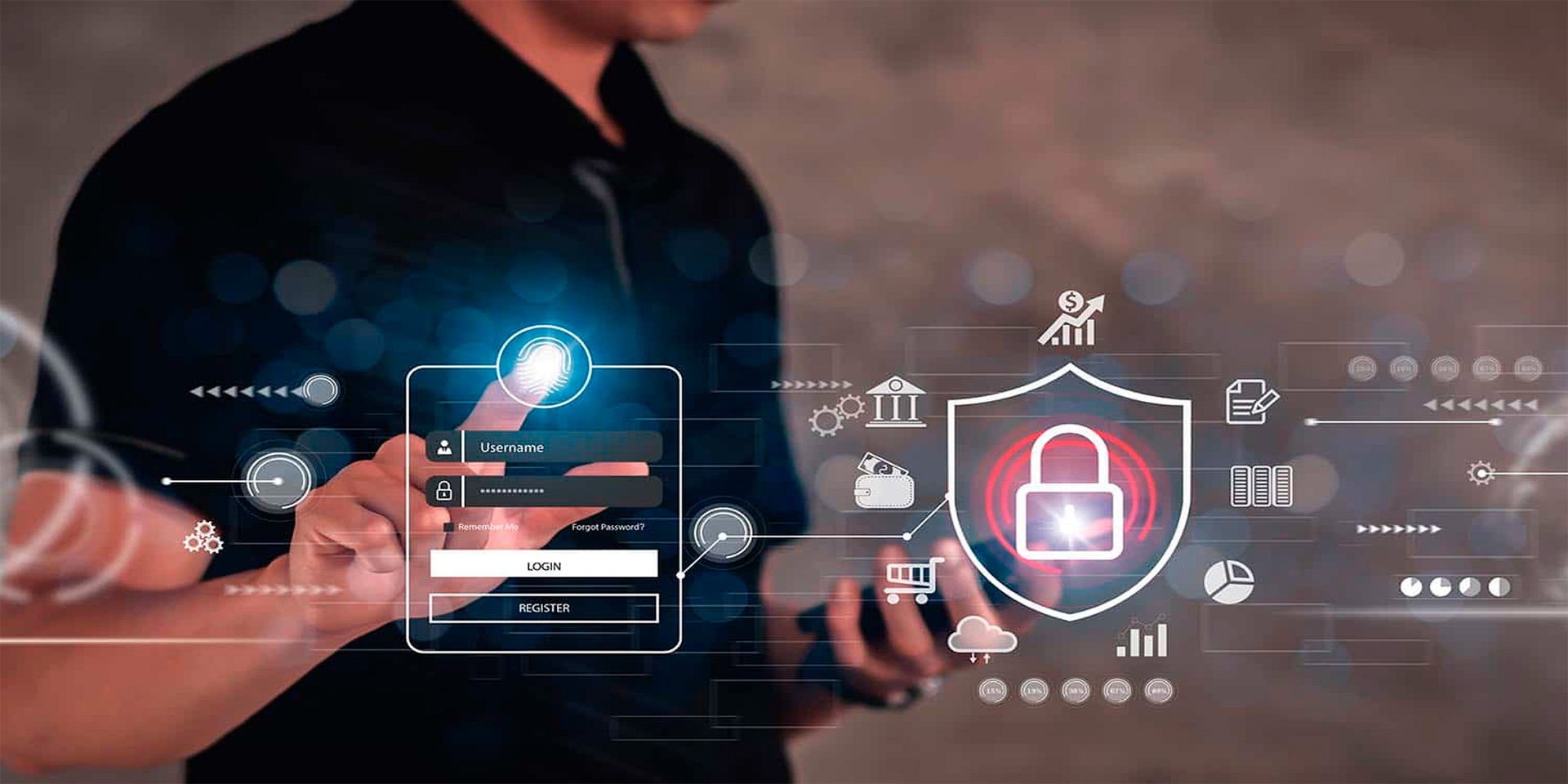
In an era where cyber threats are constantly evolving, safeguarding your online presence is paramount. Multi-factor authentication (MFA) has emerged as a robust security measure to protect sensitive information from unauthorized access. This article explores the benefits of MFA and how it can significantly enhance your internet security.
Understanding Multi-Factor Authentication (MFA)
Multi-factor authentication (MFA) is a security system that requires more than one method of authentication to verify a user’s identity. This typically involves a combination of something you know (password), something you have (a mobile device), and something you are (biometric verification). By incorporating multiple layers of security, MFA makes it more challenging for unauthorized users to gain access to your accounts.
How MFA Works
MFA operates by adding an additional step to the login process. After entering your password, you might be required to enter a code sent to your mobile device, use a fingerprint scan, or provide another form of verification. This extra step ensures that even if one factor (like your password) is compromised, unauthorized access is still unlikely without the second factor.
The Benefits of Multi-Factor Authentication
Implementing MFA provides numerous advantages that can enhance your overall internet security. Here are some key benefits:
Enhanced Security
MFA significantly boosts your security by adding an extra layer of protection. Even if hackers manage to steal your password, they would still need the second factor to access your account. This additional hurdle makes it much harder for cybercriminals to succeed.
Reduced Risk of Identity Theft
With identity theft on the rise, MFA offers a vital safeguard. According to Javelin Strategy & Research, identity fraud affected 13 million Americans in 2019. By requiring multiple authentication methods, MFA reduces the risk of identity theft, making it more difficult for thieves to impersonate you online.
Protection Against Phishing Attacks
Phishing attacks often trick individuals into revealing their passwords. However, even if a phishing attempt is successful, MFA can prevent unauthorized access. Since the attacker would still need the second factor, MFA acts as a strong defense against such attacks.
Increased User Trust
Implementing MFA can enhance user trust and confidence in your services. Customers and clients are more likely to feel secure knowing that their data is protected by advanced security measures. This trust can translate into higher satisfaction and loyalty.
Compliance with Regulations
Many industries are subject to regulatory requirements that mandate strong security measures, including MFA. Implementing MFA helps ensure compliance with regulations such as GDPR, HIPAA, and PCI DSS, avoiding potential fines and legal issues.

Implementing Multi-Factor Authentication
Integrating MFA into your security strategy involves several steps. Here’s how you can implement MFA effectively:
Assess Your Needs
Evaluate your security requirements to determine which MFA methods are most suitable. Consider the sensitivity of the information you need to protect and the potential threats you face.
Select Appropriate MFA Methods
There are various MFA methods available, including:
SMS-based codes Authenticator apps (e.g., Google Authenticator, Authy) Biometric verification (fingerprint, facial recognition) Hardware tokens (e.g., YubiKey) Choose the methods that best fit your security needs and user preferences.
Integrate MFA with Existing Systems
Integrate MFA with your existing authentication systems. Many platforms and services offer built-in support for MFA, making integration straightforward. Ensure that your MFA implementation is user-friendly to encourage adoption.
Educate Users
Inform your users about the benefits of MFA and guide them through the setup process. Provide clear instructions and support to help them understand how to use MFA effectively.
Monitor and Update
Regularly monitor your MFA implementation to ensure it remains effective. Update your MFA methods as needed to address emerging threats and improve security.
Challenges of Multi-Factor Authentication
While MFA offers substantial benefits, it’s essential to acknowledge potential challenges and address them proactively.
User Convenience
MFA can sometimes be seen as inconvenient by users who prefer a quick and easy login process. To mitigate this, ensure that the additional authentication steps are as seamless as possible.
Cost and Implementation
Implementing MFA can involve costs related to software, hardware, and user training. However, these costs are often outweighed by the enhanced security and reduced risk of breaches.
Backup and Recovery
Users may lose access to their second factor (e.g., losing their mobile device). Implement robust backup and recovery processes to handle such situations without compromising security.

Future Trends in Multi-Factor Authentication
As technology evolves, so do the methods and effectiveness of MFA. Here are some emerging trends in MFA:
Biometric Advancements
Biometric authentication methods are becoming more sophisticated and widely adopted. Facial recognition, fingerprint scans, and even behavioral biometrics (like typing patterns) are enhancing the security and convenience of MFA.
AI and Machine Learning
Artificial intelligence and machine learning are being integrated into MFA systems to improve accuracy and detect fraudulent activities. These technologies can analyze user behavior and identify anomalies that might indicate a security threat.
Passwordless Authentication
The future of MFA may involve moving away from traditional passwords altogether. Passwordless authentication methods, such as biometric verification and hardware tokens, offer even stronger security and reduce the risk associated with weak or stolen passwords.
Conclusion
Multi-factor authentication is a powerful tool for enhancing internet security. By adding extra layers of verification, MFA makes it significantly harder for hackers to gain unauthorized access to your accounts. Implementing MFA not only improves security but also builds user trust, ensures regulatory compliance, and protects against various cyber threats. As technology continues to advance, the adoption of MFA will likely become even more critical in safeguarding your online identity and personal information.
